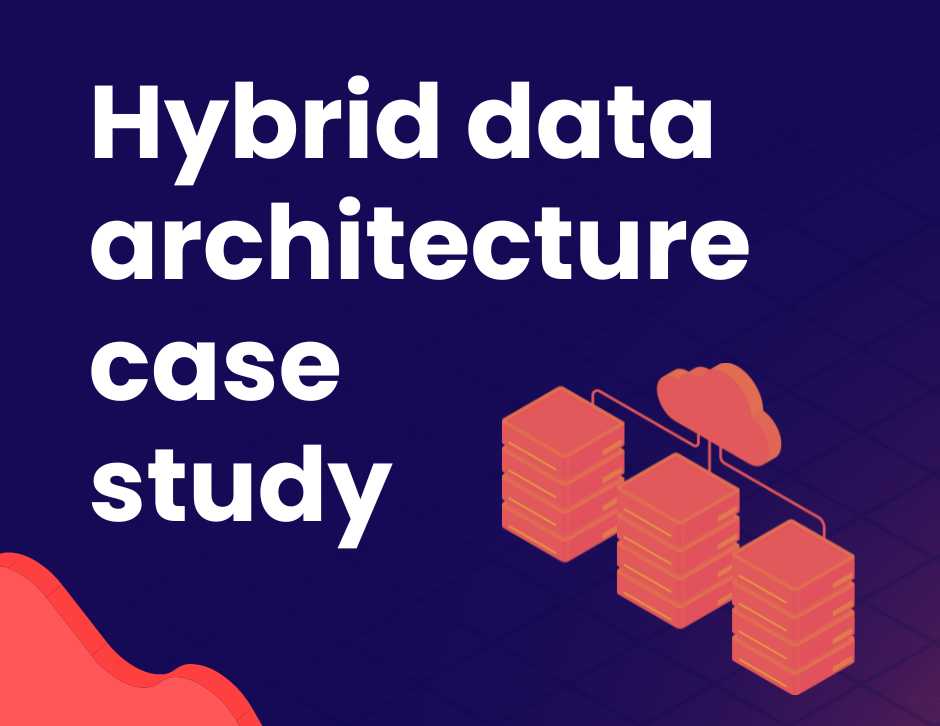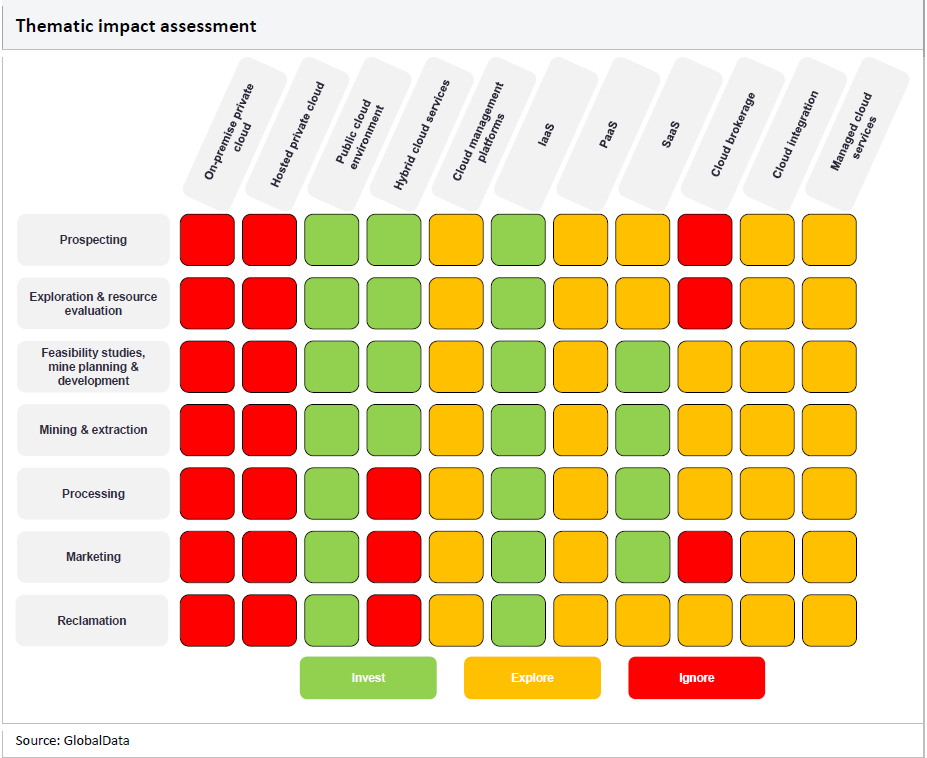Is hybrid cloud the future of mining?

Peter Hanssens
—Mar 25, 2024

The Shift to Cloud Computing
It’s now the norm for both new and established businesses, from startups to enterprise-level organisations employing tens of thousands of employees, to be on the cloud. No modern, forward-thinking mining or resource company should be looking at a purely on-premise solution in this day and age, but in the Australian mining and resources sector, it’s not a simple matter of clicking our fingers and having all our data migrated to the cloud.
https://youtu.be/W2mOCtkmFig?feature=shared
The Australian context
Australia is home to some of the most remote and harshest environments on earth. Mining sites often suffer from poor internet connectivity, bandwidth limitations and high latency. Hybrid cloud services are a great solution when it comes to navigating these challenges in prospecting and exploration; resource evaluation; feasibility studies and mining and extraction operations.

Mining is a data-heavy industry. Geological surveys, equipment sensors, and operational systems are often part of a broad IoT and edge device network, collecting and generating vast quantities of data that need to be stored, processed and analysed.
Hybrid cloud as a solution
Managing this data deluge is crucial, and the solution is not to spin up rack after rack of physical servers to contain exponential increases in data. Instead, a smart, cost-effective hybrid data warehousing strategy allows for a good balance. Data can be gathered and processed locally, and then synched to the cloud asynchronously. Data can be processed on the cloud and relayed back to remote sites, allowing mining companies to leverage real-time local insights for decision-making without the risk of downtime; while ensuring collaboration, redundancy and data consistency across the entire operational infrastructure. This solution is the best of both worlds, striking a balance between the low latency data processing needed for real-time applications with the cost benefits, resiliency, scalability and computational power of the cloud.
Additionally, a hybrid cloud infrastructure is vital for disaster recovery and business continuity, ensuring data is backed up across multiple locations, and not exposed as a single point of failure in a single on-premise location, susceptible to disruption from natural disasters or other operational mishaps.
Looking towards the future
Future advances in internet connectivity and satellite systems like Starlink and 5/6G wireless tech (and beyond) may make a full transition to the public cloud possible for Australia’s mining and resource operations in time to come. But until then, the hybrid cloud is here to stay.
Ready to implement a hybrid cloud solution for your data infrastructure? Book a free 30-minute discovery call with us today.